Somewhere in a perfect world, consumers are always happy with their purchases, merchants never err, are always honest, and neither of them knows what fraud is. Sure, satisfied customers who got exactly what they expected and are ready to return for more is a perfect situation. But enough daydreaming. Let’s get back to reality.
Chargebacks and refunds: why do they happen?
Unanticipated issues, complaints, and returns do happen. Merchants and customers might sometimes get each other wrong, and finally, goods and services might be of low quality. All this may lead to disputes of transactions and cost businesses money. Not to mention the fact that it’s a pain in the neck for both parties.
Running an online business, it is important to remember the myriad nuances connected with payment processing. Many of them concern not only business owners but consumers as well. We keep on wading through the cobweb of digital payments, and today is the perfect time for unravelling all the puzzles about chargebacks and refunds.
Let’s clarify the differences between them and single out the best ways to handle each one.
Chargeback vs refund: meanings & differences explained
First of all, it’s important to understand the meaning of each term. The best way to embrace it is to see how it works in real life. So, imagine the following situation: a customer purchases a product on a website, but after receiving it, realises that it doesn’t fit them in size or by some other parameter. In such a case, a customer may decide to issue a refund, a voluntary return of funds received by the store for selling their goods or services.
About refunds
So, a refund is a voluntary return by a merchant or a seller of a payment to a buyer. Here are the cases when the store is obliged to return the money:
- The seller did not provide the parcel’s tracking number, and you did not receive the goods on time. If you have a tracking number, but the goods are not yet with you — let the seller know about it: delivery is their responsibility. Sometimes, you might need to wait for your parcel a little, but there are nuances. Certain services allow consumers to initiate a dispute with the seller and demand a refund within a fixed time, after which it will be impossible to do this. Therefore, read the online store’s return policy carefully and open disputes in advance, three days before the buyer’s protection period expires.
- The product or service does not match the description on the website. It can be the wrong size, poor quality, or the absence of declared features. Anything that does not match the specifications in the description is a reason for the refund.
- Fake. Some marketplaces can be blamed for selling fakes, but now more sellers prefer to speak straight out: the product is similar to the original. But things happen, so if the logo differs from the brand, the decision is made in your favour immediately after you provide the evidence.
- Defective, spoiled or broken goods. Or a seller’s mistake — it is not the thing you ordered or not the whole set.
- The item broke before the warranty expired. The seller is obliged to replace the product or make a refund.
Refunds can be: full — the purchase price is refunded, and you keep the item or return it (delivery payment is negotiable); partial — if the defect is minor and can be easily fixed, the seller offers to refund the cost in part (sure, the product remains with you). Replacement is also possible: the seller does not return the money, but the damaged or unsuitable product is replaced with a new (the same or similar) one.
About chargebacks
But a merchant may refuse to return your funds, and the negotiations will fail. That is one of the situations when a customer may initiate a chargeback.
Circumstances may vary a lot since many schemes are used to seize other people’s money. A possible example is a fraudster placing an order on a website, paying with a stolen bank card, and receiving the item. This online store, in its turn, receives an application for a refund from the real cardholder, who claims that the money from his card was debited illegally and he did not receive anything. In this case, the initiation of a refund is referred to as a chargeback. It is a procedure for debiting the amount of an authorised payment from a merchant’s account upon the request of the issuing bank. It should be noted that such a refund is mandatory if the fact of fraud is established.
Customers can also apply for an e-commerce chargeback in other cases:
- they didn’t receive the ordered goods or services;
- received product or service does not match the description on the site;
- merchant provided the product or service partially;
- the online store refused to carry out the usual return procedure for unknown reasons;
- the purchase price was debited by the online store several times, etc.
Refunds and chargebacks are real salvation from the abundance of scammers online, but some businesses suffer from it a lot.
How do chargebacks work: a 4-step plan of actions
The chargeback process involves as many as five parties: a cardholder (payer), the card-issuing bank, a payment system, the beneficiary bank (the bank in which the legal entity’s account is opened), and the legal entity itself (an online store, an airline, or any other provider of services and goods). The payer must take the following steps to use the chargeback and cancel a transaction.
Step 1. Prepare an application form with certain digital codes that correspond to the situation's description. The issuing bank can provide the application form, or you can fill it out at a specialised chargeback service. The bank employee who accepts the application will put down the code. You must also attach a copy of the application in English. It will be forwarded to the office of the international payment system.
Step 2. Collect and attach the evidence that you really suffered from a fraudster's actions or that your rights were violated. These can be agreements, terms of use of the service, your correspondence with the scammer in messengers or by e-mail, recordings of telephone conversations, and other documents. The more proof you provide, the more chances for a successful chargeback you have.
Step 3. After submitting the required documents, the bank employees will review them and send a request to the office of the payment system. During the consideration of your appeal, the amount you specified will be blocked on the recipient’s account. In other words, scammers will not be able to use your money — they will be unavailable for withdrawal or transfer.
Step 4. If the decision on your case is positive, the money will be returned to your account within a month. If not, then the amount on the recipient’s account will be unblocked, and you will receive a refusal to charge back.
When a chargeback is possible
Although the procedure looks quite simple and straightforward, there are pitfalls and nuances that you should be aware of. A chargeback is possible only if certain conditions are met:
- Timeframe: the transaction you want to cancel was processed no more than 540 days ago;
- Payment method: the money was debited from a bank card (if it was cash, bank transfer, etc., the initiation of a chargeback is impossible);
- Peaceful negotiations: you tried to settle the situation by contacting the technical support of the site, corresponding or resolving the issue with the scammers by phone or in messengers (and you can confirm these steps by attaching scans);
- Proofs of rights violation: attach a copy of the agreement or terms of use of the site (if you accepted the terms, made the payment, and confirmed it, it will be quite difficult to prove you are right);
- Bank card account statement: a proof of the fact of the transaction (when, to whom, and how much you sent);
- Your application is correct and contains all the necessary information.
If all of these points are met, banks must accept your application and initiate the chargeback procedure. It takes from several weeks to three months, depending on the amount of the funds and the situation. If the payment systems consider your proofs insufficient or the situation is in your favour, then the chargeback will be denied.
How to minimise or prevent chargebacks?
It's almost impossible to completely prevent chargebacks. However, taking the following proactive steps can help businesses minimise the aforementioned situations and ensure the best possible customer experience.
- Create clear and detailed descriptions of products or services on your website. Allow your customers to clearly understand what they are buying to reduce the number of chargebacks and improve your brand’s reputation.
- Develop a comprehensive return policy. It should be as clear and accessible as possible so that any user can familiarise themselves with it before placing the order. Specifying the details will protect you from unreasonable disputes.
- Use clear billing descriptors: make sure each receipt contains the correct store name, order time and amount, a clear description of the product or service, etc. Along with it, keep your own records — this will help you deal with any incidents in future.
- Provide the possibility for quick communication with the store. Customers should be able to contact support easily when purchasing on your website. Unavailability of customer support can lead to negative reviews, which also negatively affect brand image and sales.
- Publish clear shipping policies. Many customers expect lightning-fast delivery. To avoid claims and refusals, place general information on methods, terms, and delivery costs on your website. Duplicate this in the order form, if possible.
- Provide prompt customer service and try not to leave calls or emails unanswered. Automate your communication channels to inform customers about the expected time of your response.
- Analyse the existing cases of chargeback. Take time to review all the incidents and inform your employees about payment protocols. Beware of suspicious purchases made with bank cards.
We at Corefy know that stopping chargebacks is difficult, but it is possible to significantly minimise their number, thereby preserving the profit, brand image, and reputation with partners. If you need any additional advice on the process of organising payment acceptance for your online business, do not hesitate to contact us. Our team is ready to answer all your questions and help you choose the best-suited payment solution for the specific needs of your business.



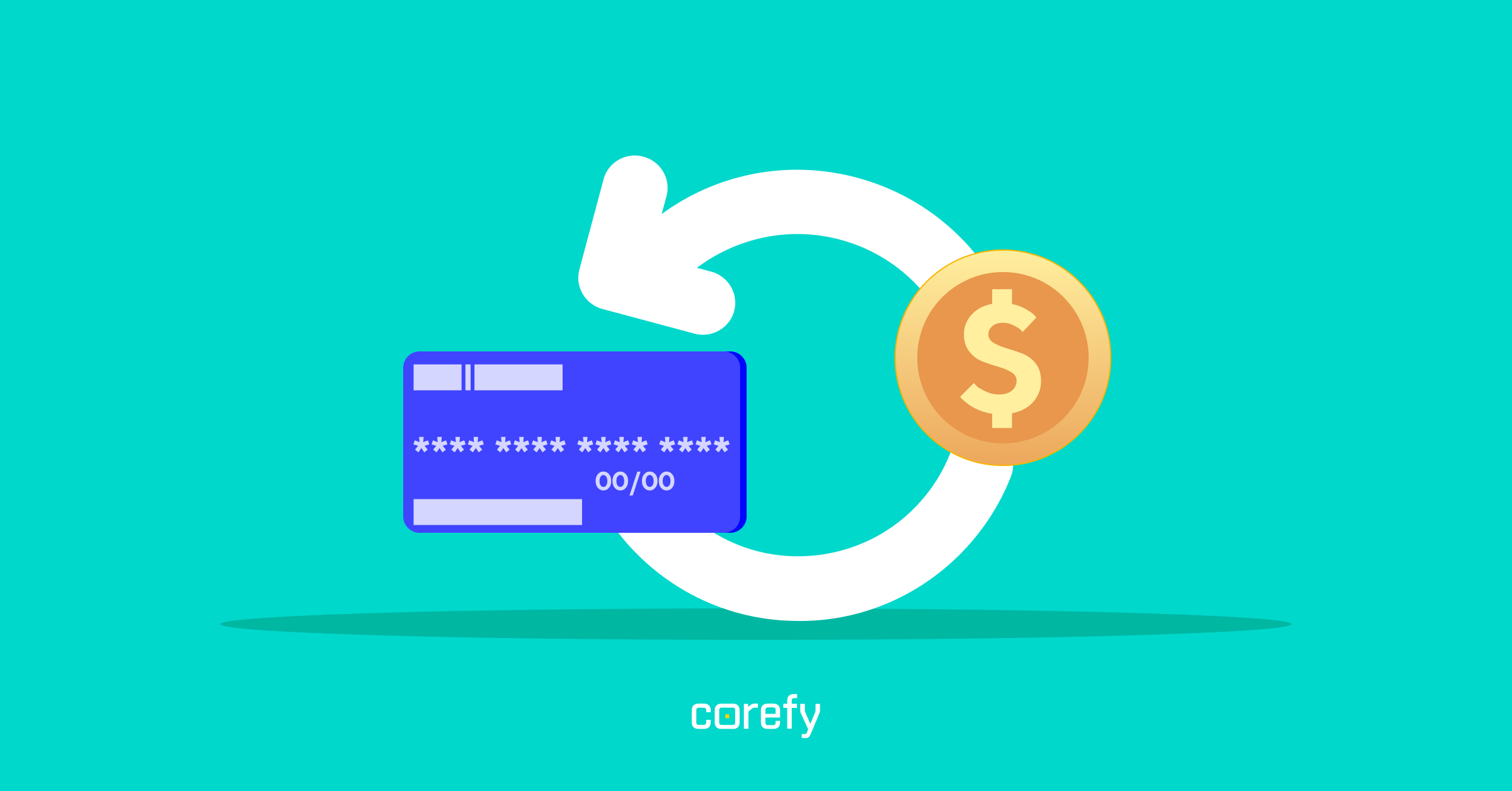
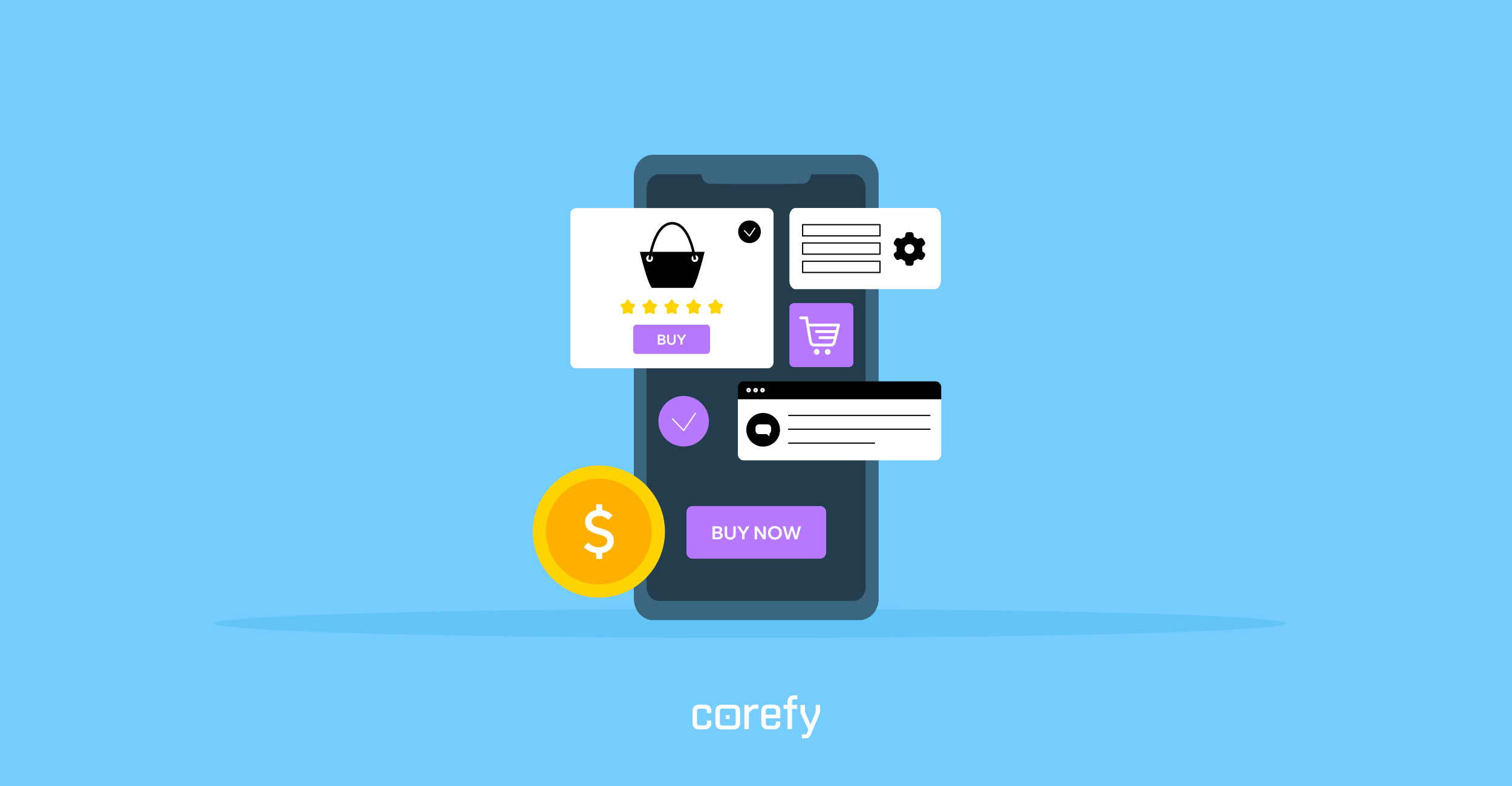
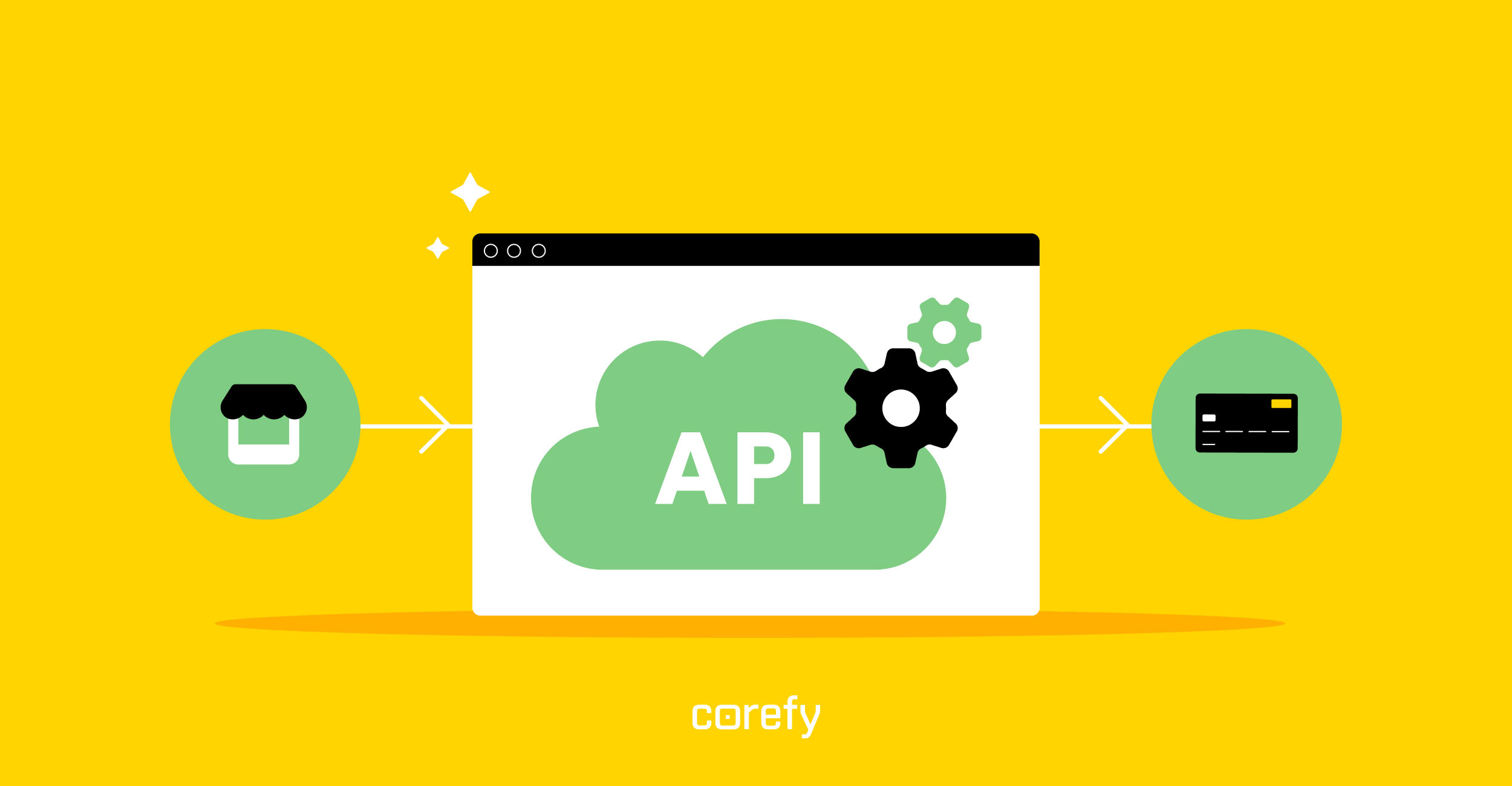
.jpg)

.jpg)
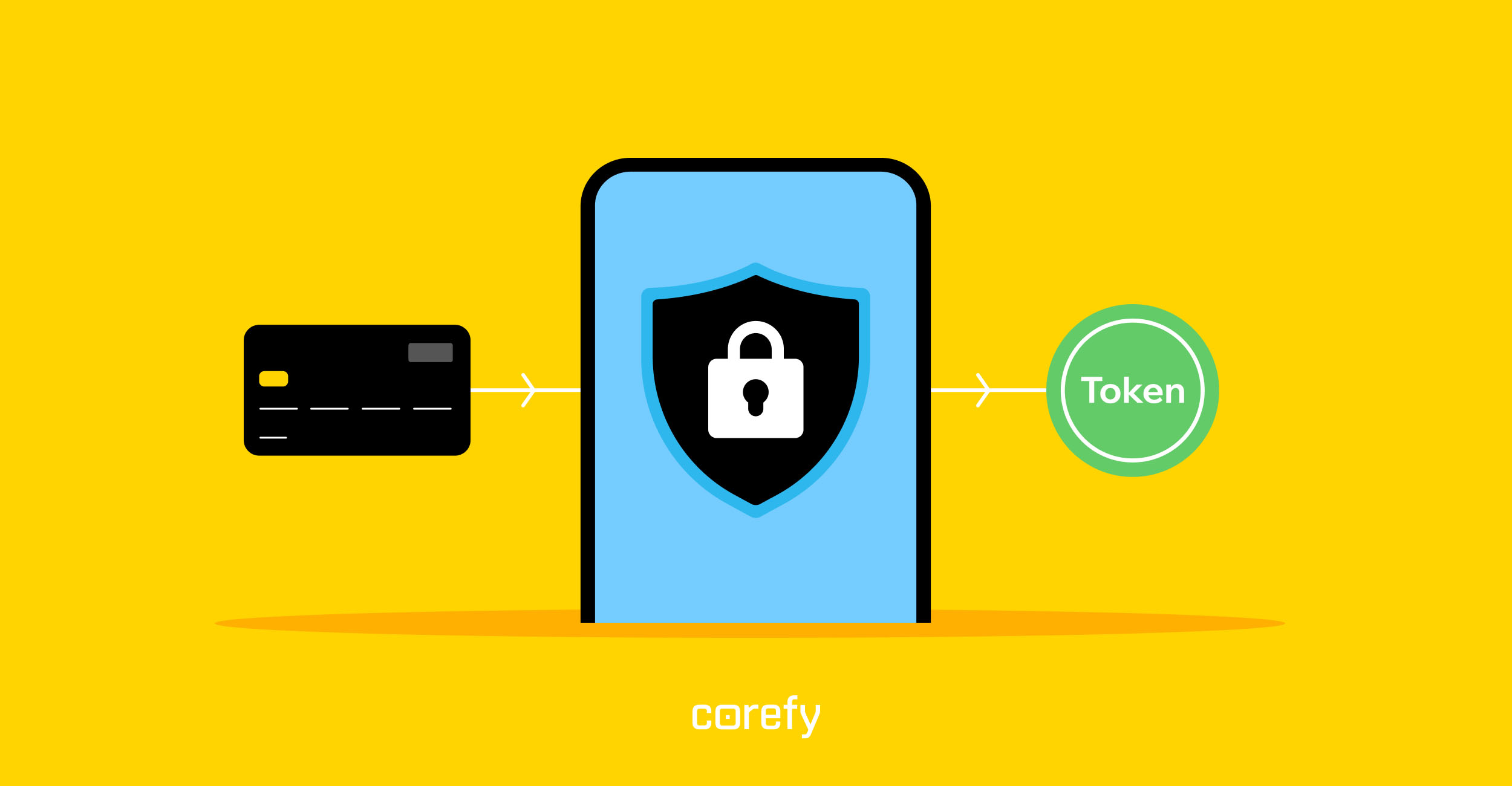
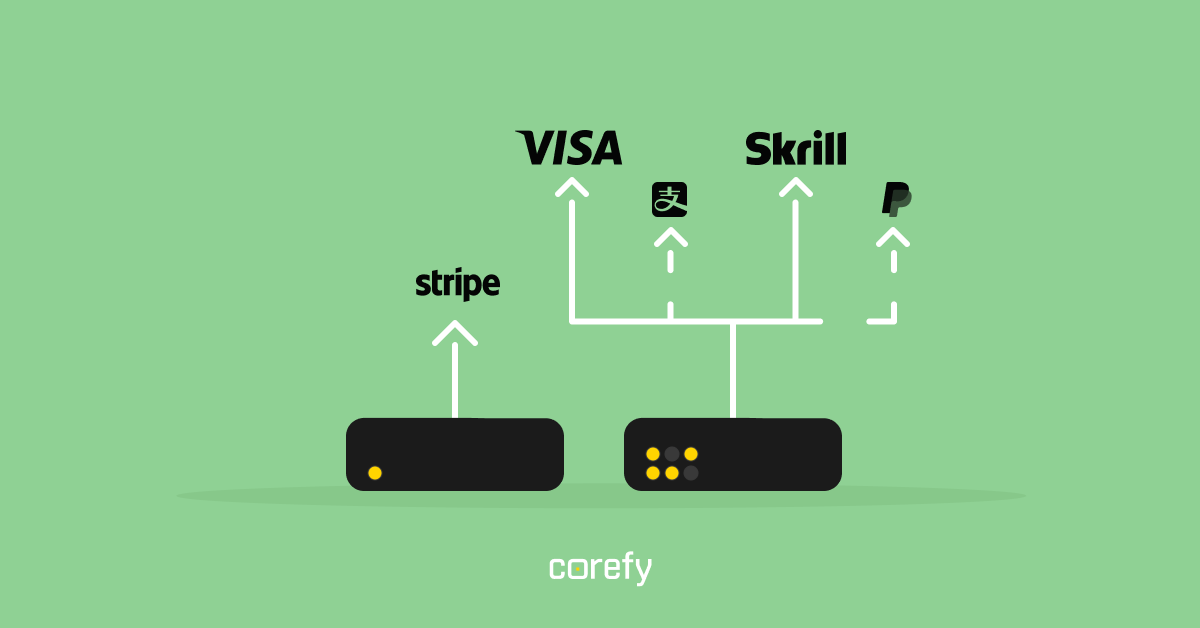
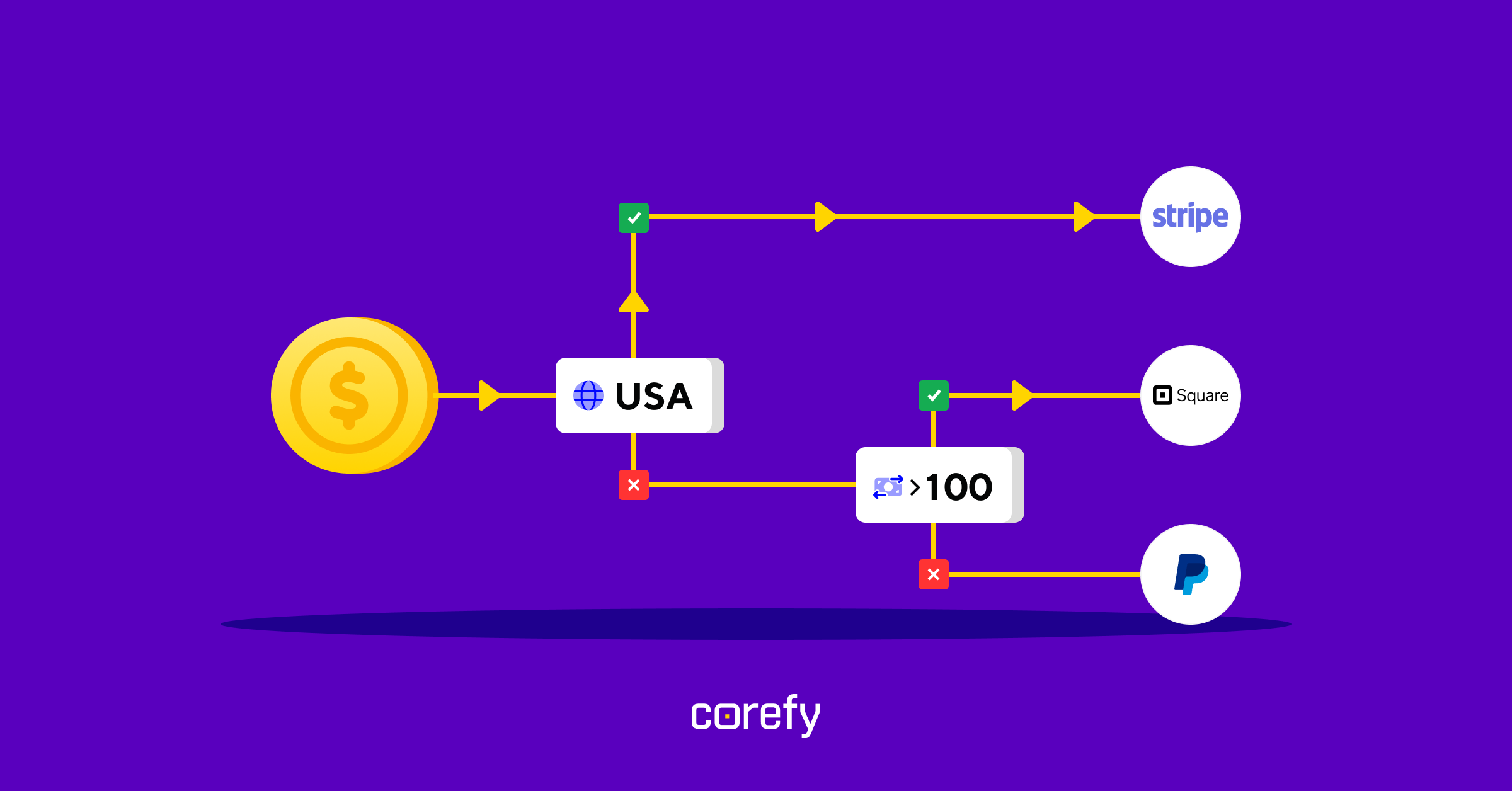
.jpg)
